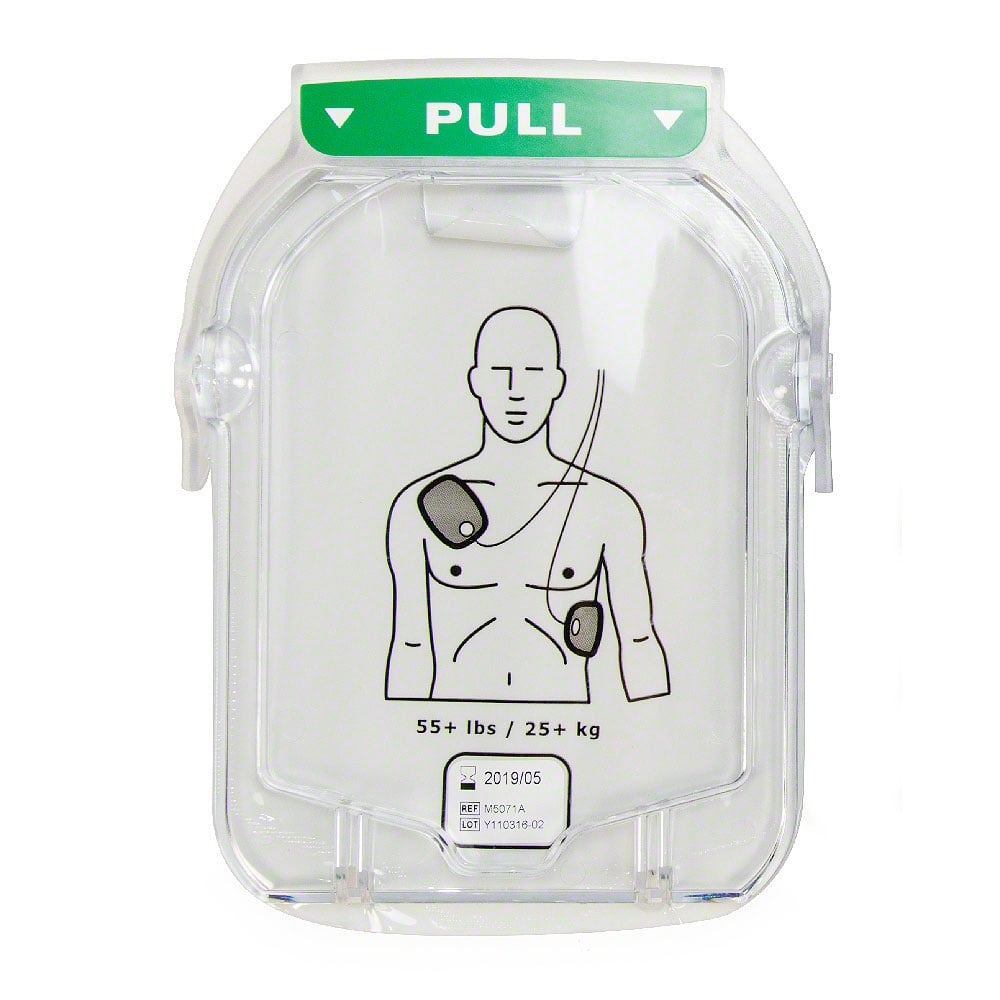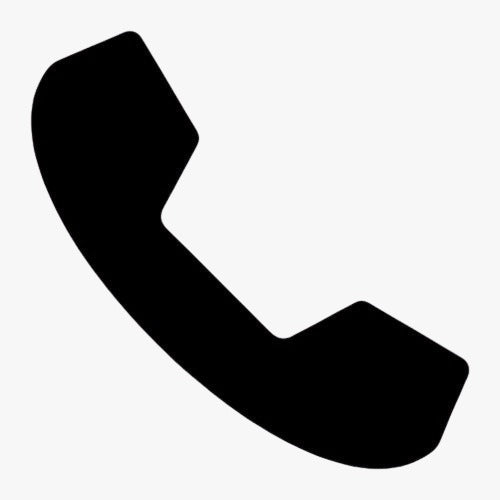Having an Automated External Defibrillator (AED) on your wall is a critical first step toward protecting your family, employees, or community. But true readiness goes far beyond the initial purchase. An AED is a medical device, and its ownership comes with important responsibilities that ensure it works when a life is on the line and that you are protected from liability.
Many people are surprised to learn that an AED program involves more than just a box on the wall. It requires ongoing management, maintenance, and oversight. Neglecting these duties can lead to devastating consequences, including a device that fails during an emergency. This guide will walk you through the essential components of a compliant and effective AED program, helping you understand your responsibilities and how to manage them with confidence.
The pillars of a compliant AED program
A successful AED program is built on a foundation of several key activities. Think of these as the ongoing health checks that transform your device from a piece of equipment into a life saving system.
Medical direction and physician oversight
One of the most misunderstood aspects of AED ownership is the need for medical direction. In many states, this is a legal requirement. Medical direction means your AED program is overseen by a licensed physician who provides a prescription for the device, establishes medical protocols for its use, and reviews any event data after the AED is deployed. This oversight ensures your program adheres to medical best practices and meets legal standards, providing a crucial layer of protection for your organization. While many providers list this as a feature, they rarely explain its importance in shielding you from potential liability.
Equipment readiness and maintenance
An AED can only save a life if it’s ready to work at a moment's notice. The key components, electrode pads and batteries, have finite expiration dates. A device with expired pads or a dead battery is useless in an emergency.
Effective maintenance involves:
-
Tracking expiration dates:
Proactively monitoring the shelf life of your AED pads and batteries. -
Regular inspections:
Performing and documenting routine readiness checks, usually monthly, to confirm the device’s status indicator is green. -
Post use protocols:
Knowing what to do after an emergency, which includes reporting the event, downloading the data for medical review, and replacing used supplies to get the AED back in service.
Our own customers have found that using a tool like the Response Ready App makes this process significantly easier. As one user noted, "This app makes managing your AED program so convenient and easy. The scanning feature helps speed up the process." This feedback highlights how technology can simplify the critical task of routine inspections across multiple locations.
State and local law compliance
AED laws can vary significantly from one state to another, creating a complex web of regulations. These laws may govern everything from registering your device with local emergency services to specific training and reporting requirements. Navigating this patchwork of rules can be a significant administrative burden for a small business, school, or community center. A properly managed program ensures you meet all local requirements, preventing potential fines and legal complications.
Team training and certification
A ready device is only half the equation; you also need ready people. Ensuring that members of your team are trained in CPR and AED use builds the confidence needed to act decisively in a high stress situation. Effective training empowers bystanders to become immediate responders, bridging the critical gap until professional help arrives. At Response Ready, we offer a full menu of accessible training and maintenance courses to ensure your team is just as prepared as your device.
The high cost of doing nothing
Failing to manage your AED program properly isn't just an administrative oversight; it's a gamble with life. The data on Sudden Cardiac Arrest is stark and leaves no room for error.
According to the American Heart Association, immediate CPR and the use of an AED can double or even triple a person's chance of survival. Research published by the National Institutes of Health reinforces this, showing that survival rates were 38% when a bystander used an AED before EMS arrived, compared to just 9% with CPR alone. Every minute that passes without defibrillation, the chance of survival drops by 7 to 10 percent. When you manage an AED, you are managing a life saving window of opportunity.
A non compliant program not only risks a tragic outcome but also exposes you or your organization to significant legal liability. A functional, well documented AED program is your best defense and a demonstration of your commitment to safety.
The simple path to peace of mind
Understanding these responsibilities can feel overwhelming, but it doesn’t have to be. You don't have to become a legal expert or a medical device technician to ensure your AED is ready. This is precisely why we created our comprehensive program management service.
The Response Ready AED program is designed to handle every aspect of compliance and readiness for you. We take the burden of management off your shoulders, so you can have complete peace of mind. Our program automates the entire process, mapping directly to the pillars of a compliant program:
-
We handle medical direction:
Our service includes a dedicated physician to provide oversight, prescriptions, and post event review. -
We automate maintenance:
You receive automatic notifications for expiring supplies and scheduled readiness checks, all tracked through our intuitive software. -
We ensure compliance:
We stay on top of state and local regulations, ensuring your program is always up to date. -
We support your team:
We connect you with the training resources needed to build a confident team of responders. -
Our goal is simple:
to make AED ownership easy, affordable, and effective for everyone, from families to small businesses. With over a decade of expertise, we have designed a system that removes the complexity so you can focus on your mission.
Frequently asked questions
Q: What is medical direction and do I really need it?
A: Medical direction is when a licensed physician oversees your AED program. They provide a prescription for the AED, set protocols for its use, and review data after an incident. Many states legally require it, and it is considered a best practice everywhere for ensuring your program is medically sound and legally protected.
Q: Can I just manage my AED program myself?
A: You can, but it requires diligent attention to detail. You would be responsible for tracking pad and battery expiration dates, performing and logging monthly inspections, staying current with changing state laws, and arranging for physician oversight on your own. A managed program automates these tasks to prevent anything from falling through the cracks.
Q: Is an AED management program expensive?
A: When you consider the cost of non compliance including legal risks and the potential for device failure a management program is an incredibly valuable investment. It provides peace of mind and ensures your life saving equipment is ready for a few dollars a month, a small price for complete assurance.
Q: What happens if we actually have to use our AED?
A: A managed program is invaluable in a post event situation. Our AED service includes support for downloading the event data for physician review, providing a loaner AED if needed, and helping you restock your supplies to get your device back into service quickly. This support is critical for completing the chain of survival and care.
Q: How do I know which AED is right for my organization?
A: Choosing the right device depends on your environment, budget, and the skill level of potential users. Our team of experts at responseready.com can provide personalized recommendations, whether you need a compact unit for a home or a rugged device for a community center. We are here to guide you through every step of the process.






